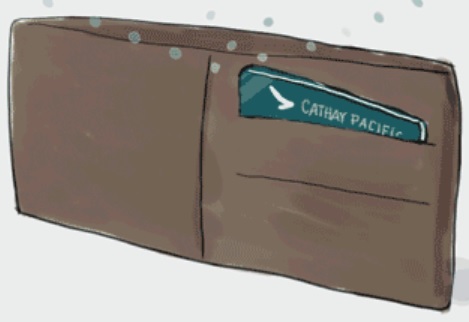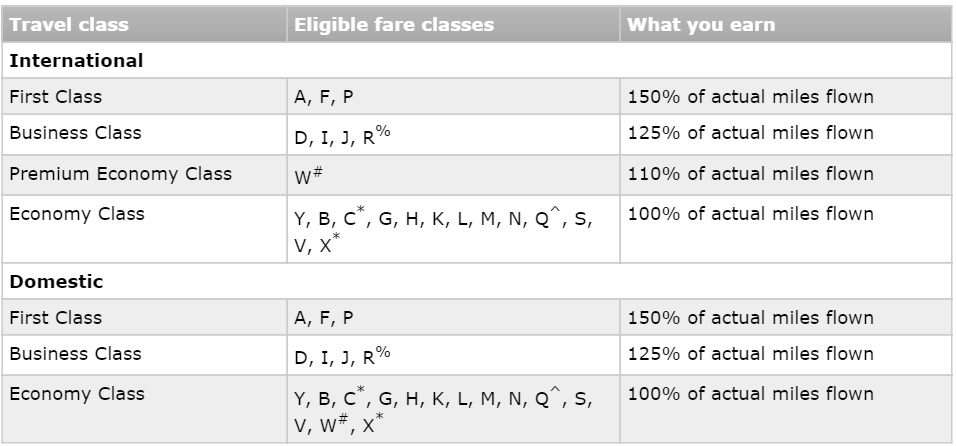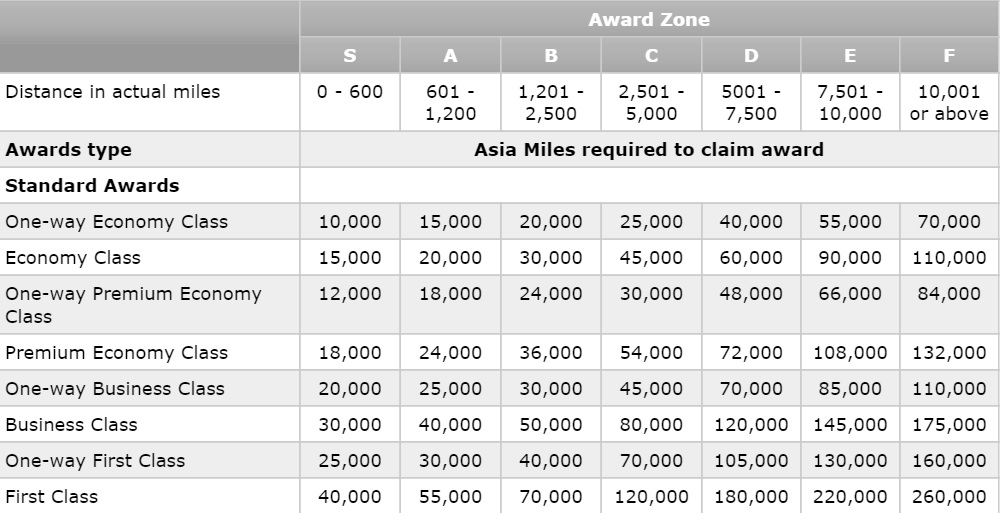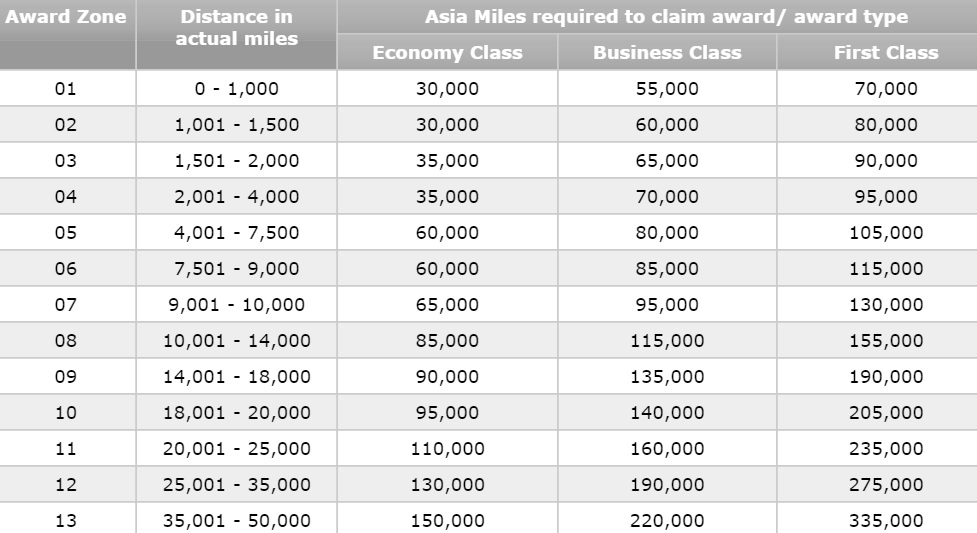I receive compensation for content and many links on this blog. Citibank is an advertising partner of this site, as is American Express, Chase, Barclays and Capital One. Any opinions expressed in this post are my own, and have not been reviewed, approved, or endorsed by my advertising partners. I do not write about all credit cards that are available -- instead focusing on miles, points, and cash back (and currencies that can be converted into the same). Terms apply to the offers and benefits listed on this page.
Cathay Pacific launches its new US credit card today from Synchrony Bank.

Key details:
- 25,000 bonus miles after $2500 spend within 90 days
- 2 AsiaMiles per dollar spent on CX purchases
- 1.5 AsiaMiles per dollar on dining
- 1.5 AsiaMiles per dollar on foreign transactions
- No foreign transaction fees
- Entry level Green in Marco Polo Club (Cathay Pacific’s elite status program) for one year
- $95 annual fee

Cathay Pacific First Class
The signup bonus is worth the annual fee. You’ll earn more miles — even more Cathay Pacific miles — with cards that earn transferable bank points.
There are two things that immediately struck me about the card when I was briefed on it back in the fall.
- The one area where spending is really interesting is the 1.5x for foreign transactions. That’s because while there are cards which can earn 1.5x on otherwise-unbonused spend, they don’t waive foreign transaction fees. So this may be a great niche card for people who travel internationally a lot (and who are spending on things other than travel or dining because those are well-bonused by other cards waiving foreign transaction fees already). It’s the only product I know that bonuses foreign spend across the board.
- The other interesting feature is access to Cathay’s pay-in elite program.
One caution is that like Singapore Airlines, Asia Miles expire three years after you’ve earned them. You can extend miles for a fee (that isn’t generally worth it). But mere activity in an account doesn’t keep your miles active.
Cathay Pacific’s Marco Polo Club Green Tier
The card comes with Marco Polo Club Green tier for one year (renewing the base Green tier costs $100). This is potentially useful.
- Members can redeem 9000 AsiaMiles per person for Cathay Pacific lounge access while non-MPC members cannot. (You can’t see the page unless you log into your MPC account)
- Green also lets you redeem for extra baggage and extra legroom seats, and comes with priority boarding.

Cathay Pacific Business Class
Cathay Pacific AsiaMiles is a Good Program for Occasional American Airlines Flyers
Instead of earning miles based on the price of your ticket, you can fly American Airlines and earn 100% of flown miles when crediting to Cathay Pacific’s AsiaMiles program.

You aren’t going to earn American Airlines elite status this way, which is why I say it’s a good option for the occasional American flyer, but focusing on AsiaMiles is a good way to rack up more miles while flying American especially on cheap fares.

Cathay Pacific Business Class
Using AsiaMiles
Cathay Pacific has multiple award charts. For simplicity in this post the ones I’ll focus on here are their chart for their own flights (where you fly Cathay Pacific and up to one partner) and their oneworld award chart (for 2 or more oneworld airlines not including Cathay Pacific).
Their award charts are distance-based. Flying on Cathay Pacific, you can include a partner airline to reach the Cathey Pacific international gateway (eg include an American flight to get to New York, Chicago, Los Angeles, etc).

Los Angeles – Hong Kong is under 7500 miles one-way, so costs 120,000 miles roundtrip in business class. One-way awards cost more than half the price of a roundtrip. Since New York, Chicago, and Boston are more than 7500 miles each way to Hong Kong, those roundtrips cost 145,000 miles.
First class long haul gets pretty expensive (though less expensive on some routes than American AAdvantage). Business class remains reasonable. And while AsiaMiles adds fuel surcharges to awards, fuel surcharges to and from Asian destinations Hong Kong and to the North have fallen substantially.
Their oneworld award chart is distance-based as well. This is what you’ll use, for instance, if you want to fly between the US and Europe on oneworld airlines (airberlin, American, British Airways). The longer the trip the more expensive it is, but there are some real values as well.

Business class between New York and London is 6903 miles roundtrip. Fly British Airways one way and American the other direction for just 80,000 miles in business class or 105,000 miles in first class.
You can do up to 10,000 miles of roundtrip flying for 95,000 AsiaMiles in business class or 130,000 in first. This is useful because of their routing rules:
You can make a maximum of five stopovers, two transfers and two open-jaws at either origin, en-route or turnaround point, subject to airline partners’ terms and conditions.
Partners will need to update their mileage-earning charts once American introduces premium economy, so we may see some of these charts renegotiated.


This is a good summary of the card. It sounds promising. Too bad it is not on CreditCards.com though…
I guess it could be worth applying directly but I prefer to apply through the links from people like you or Baldthoughts…
Did you apply for the card?
@John the Wanderer – I haven’t applied, if my home airport had a Cathay lounge I probably would. I don’t have that much non-travel/dining foreign spend though.
I noticed that O class earning on AA is conveniently missing, which tends to be the class that many of my cheap tickets book into.
The OneWorld award is similar to the old AA OneWorld Explorer Award, but is not easy to get many AsiaMiles as AA, at least they have Citi/Amex/SPG as transfer partners.
Is the distance based on the flight segments or the Origin/Destination? So if flying ORD to ICN (stopover) to SIN (destination), is the distance traveled based on ORD/DFW/ICN/HKG/SIN, or just ORD/ICN/SIN?
“That’s because while there are cards which can earn 1.5x on otherwise-unbonused spend, they don’t waive foreign transaction fees.”
Gary- the CapitalOne Quicksilver does exactly this: 1.5x universally plus no fx fees. You can debate whether CX miles are worth more than 1 cpm, though, as you’ve noted, AA award availability is practically nonexistent which makes CX miles a tough proposition for a US-based traveler. Additionally, the 25,000-mile bonus is pretty scant compared to other signup offers out there (IIRC, AA is currently offering 60k). Still, a major foreign carrier offering a co-brand card in the US is a good sign overall.
The problem is that the higher forex fees from Visa will eat into any bonus from foreign spend. Plus a lot of foreign spend will be travel or dining, which is bonuses 3x by Chase and Citi products. The Citi products are notable because they are MasterCards.
what’s good about MC vs Visa
“No forex fees” is a great fake-news headline that counts on customers not realizing that that fee can easily be replaced by selecting an exchange rate for the transaction that is favorable to the card company. If I read the disclosure correctly, Amex goes one step further and uses a separate entity to do the exchange, delivering the charge to Amex already in the cardholder’s currency. They discuss constraints on that entity, and it’s clear they’re not bound to mid-market rate.
@John- sure, forex rates vary by issuer/brand (there’s plenty written on the topic), but 70 bps or so to use Visa over MasterCard still beats 1-3% in fx fees (plus whatever rate spread). That said, I agree with your overall point that the inquiry can’t just end at “no fx fees,” since clearly there’s wide variation beyond that. I’m taking a trip to the Azores this weekend, so I’ll be sure to blog about the rates I get over at yourtwocentsblog.com.